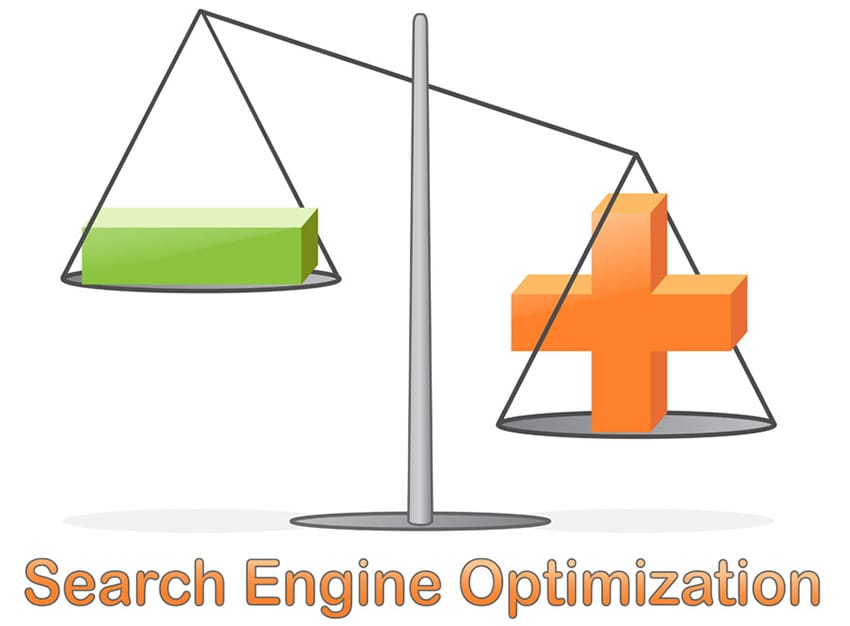Proper On-Site SEO for Your Website
Search Engine Optimization can be broken down into two types of SEO techniques that ultimately determine where you stand with the search engines. There is On-Site SEO and Off-Site SEO. On Site Search Engine Optimization specifically relates to what can be done on your website’s page content to maximize the performance of your target keywords in search engine results.
To put it plainly, its focusing strictly on the SEO factors of JUST your website. This involves the editing and optimization of your site so that search engines can direct a user to the relevant content on your website pages for a particular keyword or keyword phrase they have searched.
On site search engine optimization involves you or your seo specialist paying very close attention to the structure of your site and looking very closely at the nature and quality of your content. Search engines apply a lot of weight to the structure of a website and the more relevant your information is in relation to your targeted keywords or key phrases the better.
Your 3 Main Focuses of On Site SEO Should be:
- The detail and depth of the content being presented
- Contextual Linking (How the content is interlinked including the anchor text, its source and its destination. Whenever possible you should include links to related articles or related products and maker sure anchor text is optimized. The nature and the number of your external links, how concentrated they are and which web pages they are pointing to.)
- Structural elements that prioritize importance ( Headings, Page Titles, Meta Data, URL structure and other various HTML tags and code optimization)
On Site SEO has been around since the 1990′s when the first commercial search engines came on the scene. Back then search engines were a lot simpler and used less sophisticated technology because the internet was much smaller. On Site SEO was more than enough to determine a site’s relevance since the search process involved nothing more than a very basic comparison of page elements with the most useful information obtaining the highest search engine placement.
This SEO process called for applying increasingly sophisticated methods of generating search relevance as the internet grew exponentially over time providing new sites and more content. Webmasters and SEO specialists had to find better ways to get sites at the top of the search engines and search companies worked even harder to stay ahead of them. Even to this day, search engines still deal with the ongoing challenges of differentiating between sites that provide quality relevant information and sites that contain worthless spam.
How On-Site SEO is Applied
Your site needs to adhere to a well-optimized structure to obtain high ranking search engine results. One of the advantages of on site optimization is that there is more control over the critical ranking factors of your website . However, there needs to be a healthy balance of on site and off site SEO to achieve true search engine optimization success.
It starts with good keyword research. You want to find the most searched keywords and key phrases for your practice and have those keywords throughout the content of your site and then incorporate an internal linking strategy based on that site architecture. You want as much high quality content as possible. Search engines favor relevant content that exude authority and expertise on subject matter rather than weak uninformed content.
The best practice is to approach each of your web pages as their own separate standalone entity. You want each page to have it’s own unique keyword rich title that perfectly reflects the content that will exist on that particular page. Including keywords in your domain, files, folders and including your most important keyword(s) in your page URLS will ensure the strongest possible search engine optimization
Make sure your alt-attributes and file naming conventions are keyword themed and optimized based on your page content and tag that content with compelling and informative titles and descriptions
Header tags are one of the most important elements for on site SEO and these need to be applied with care. The best header tag optimization for your pages should involve each page containing a single H1 tag that focuses on your primary keyword and a couple of H2 tags that contain secondary keywords. Search engines give little importance to h3, h4, h5 and h6 tags. Incorporating all of the above into your web pages is a recipe for success that will produce upward mobility in search engine rankings.
Things to Avoid | Over Optimization
While search engine optimization is all about making your web pages as search engine friendly as possible you must keep in mind that the content on your site is really meant for human eyes and not for search engine spiders. Your content needs to read well. This is where keyword density becomes a bit more of a balancing act. You want to favor your readers more than you want to favor the bots that crawl your pages.
There is such a thing as “over optimizing” your website and this will kill your site’s ability to rank well and while also affecting the readability of your page content for site visitors. To avoid penalization by search engines you want to keep your keyword density somewhere between 1-2%. Anything higher than that will be considered spam and sends red flags to the search engines. It is also good to avoid hidden text and link farms (these are sites with more than 100 outbound links per page), irrelevant keywords in your links, mirror pages and link cloaking. This is all considered to be “Black Hat SEO” and this will definitely get your site penalized or eliminating your site search engine listings altogether.
Once you have addressed and implemented all of these On Site Optimization factors you can then complete the SEO circle by moving onto Off Page Optimization.

